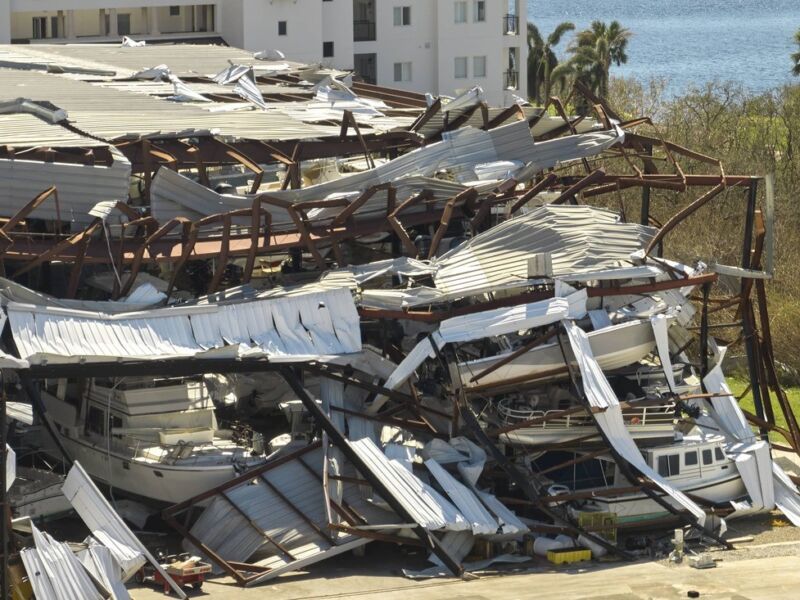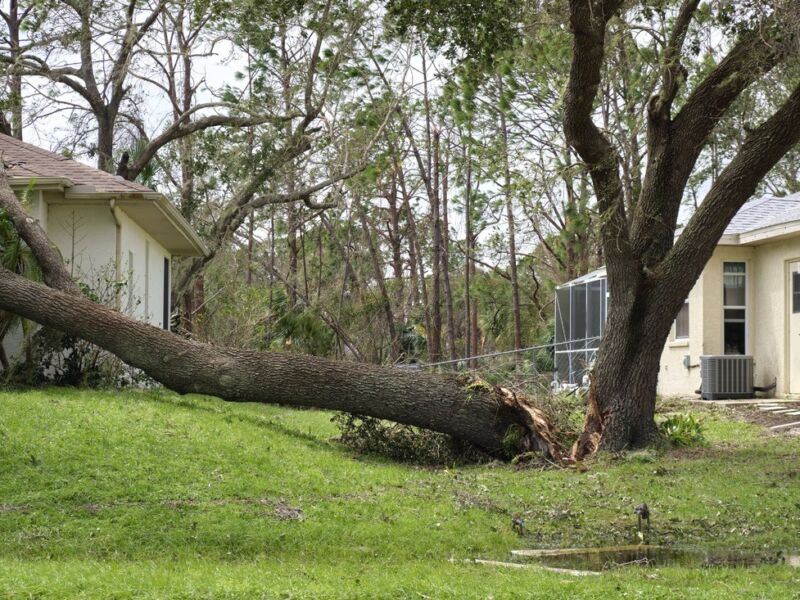
Introduction
Emergency response exercises are essential for enhancing preparedness and response strategies during disasters and emergencies. These exercises involve comprehensive training, planning, and evaluation to ensure effective response and minimize the impact of disasters. By simulating real-life scenarios, emergency response exercises provide an opportunity for stakeholders to practice their roles and responsibilities, identify gaps in their preparedness efforts, and improve coordination and communication among various agencies and organizations.
The Importance of Emergency Response Exercises

Emergency response exercises are crucial for several reasons:
1. Testing and Evaluating Preparedness
Emergency response exercises allow organizations to test their preparedness plans and procedures in a controlled environment. By conducting these exercises, stakeholders can identify weaknesses, gaps, and areas where improvements are needed. This process enables them to refine their strategies and enhance their preparedness for future emergencies.
2. Training and Familiarization
Emergency response exercises provide an opportunity for individuals and teams to receive training on specific response procedures and protocols. These exercises help participants become familiar with the roles and responsibilities they will undertake during an actual emergency, ensuring a higher level of readiness and effectiveness during response operations.

3. Enhancing Coordination and Communication
During emergency response exercises, different agencies, organizations, and stakeholders come together to collaborate and coordinate their efforts. This collaboration enhances communication, strengthens partnerships, and improves the overall effectiveness of response operations. Through these exercises, participants can identify any communication or coordination challenges and find ways to address them proactively.
4. Identifying and Addressing Potential Risks
Emergency response exercises help organizations identify potential risks and vulnerabilities in their emergency management plans. By simulating different disaster scenarios, participants can assess their ability to mitigate risks, respond to challenges, and implement necessary measures to prevent or minimize the impact of future emergencies.
5. Building Resilience
By regularly conducting emergency response exercises, communities and organizations can build resilience to various types of emergencies. These exercises promote a proactive approach to disaster management and enable stakeholders to develop the necessary skills, knowledge, and resources to effectively respond and recover from disasters.
Types of Emergency Response Exercises
Emergency response exercises come in various formats, each serving a specific purpose:
1. Tabletop Exercises
Tabletop exercises involve discussions and simulations of emergency scenarios without the need for actual field deployment. Participants gather around a table to discuss and evaluate their response strategies, policies, and procedures. This exercise format allows stakeholders to identify strengths, weaknesses, and areas for improvement in their plans and coordination efforts.
2. Functional Exercises
Functional exercises involve the active deployment of resources and personnel to simulate response operations. These exercises provide participants with hands-on experience in managing emergency situations. During functional exercises, responders practice their roles and responsibilities, test their decision-making abilities, and assess the coordination and communication among various teams and agencies.
3. Full-Scale Exercises
Full-scale exercises are the most comprehensive and complex type of emergency response exercises. These exercises simulate a real-life emergency situation as closely as possible, involving multiple agencies, organizations, and resources. Full-scale exercises often include the deployment of personnel, equipment, and resources, along with realistic scenarios to test participants’ response capabilities.
Best Practices for Conducting Emergency Response Exercises
To ensure the effectiveness of emergency response exercises, several best practices should be followed:
1. Clear Goals and Objectives
Define clear goals and objectives for the exercise, ensuring that they align with the desired outcomes and learning objectives. This clarity helps participants focus on specific areas of improvement and enhances the overall effectiveness of the exercise.
2. Realistic Scenarios
Create scenarios that closely resemble real-life emergency situations. Realism enhances participant engagement, decision-making, and critical thinking skills. The scenarios should consider the unique challenges and characteristics of the local community or organization.
3. Comprehensive Planning and Preparation
Thorough planning and preparation are essential components of successful emergency response exercises. This includes developing exercise plans, identifying roles and responsibilities, coordinating with relevant stakeholders, securing necessary resources, and conducting proper briefings and orientations for participants.
4. Effective Evaluation and Feedback
Evaluate the exercise outcomes and provide timely and constructive feedback to participants. This evaluation process helps identify strengths, weaknesses, and areas for improvement. It also allows participants to learn from their experiences and implement necessary changes in their preparedness and response strategies.
5. Continuous Improvement
Use the insights gained from the emergency response exercises to continuously improve preparedness and response strategies. Periodically review and update emergency plans, protocols, and procedures based on lessons learned from exercises and real-life events.
Frequently Asked Questions (FAQ)
How often should emergency response exercises be conducted?
Who should participate in emergency response exercises?
Important Facts and Statistics
- The Federal Emergency Management Agency (FEMA) has declared a disaster in Fort Bend, Harris, or Montgomery counties in Greater Houston 26 times in the past 41 years, including the severe winter storm in February 2021.
- The U.S. water damage restoration industry is expected to grow at a compound annual growth rate (CAGR) of 6.8% from 2020 to 2025.
- The top five most damaging storms of 2018 and 2019 caused significant destruction and required extensive repair and restoration efforts.
To learn more about emergency response exercises and preparedness, visit JGW Group Water Damage Restoration Deerfield Beach.



